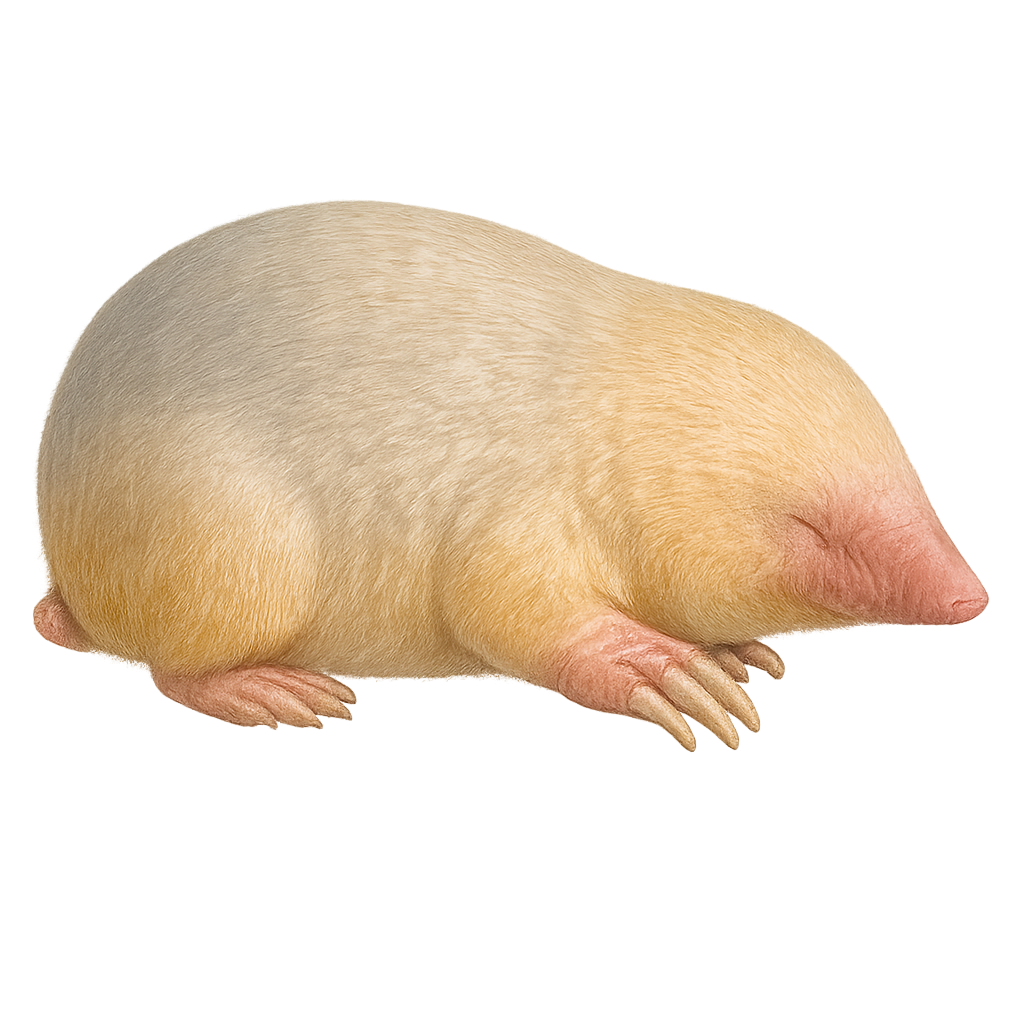Your wildlife photography guide.
Explore the southern marsupial mole in detail, study its behavior, prepare your shots.
Where to observe and photograph the southern marsupial mole in the wild
Learn where and when to spot the southern marsupial mole in the wild, how to identify the species based on distinctive features, and what natural environments it inhabits. The WildlifePhotographer app offers tailored photography tips that reflect the southern marsupial mole’s behavior, helping you capture better wildlife images. Explore the full species profile for key information including description, habitat, active periods, and approach techniques.
Southern Marsupial Mole
Scientific name: Notoryctes typhlops

IUCN Status: Least Concern
Family: NOTORYCTIDAE
Group: Mammals
Sensitivity to human approach: Suspicious
Minimum approach distance: 5 m
Rut period: September to November
Gestation: 12-14 jours
Births: September to December
Habitat:
Deserts, arid regions
Activity period :
Mainly active at night, generally discreet during the day.
Identification and description:
The Southern Marsupial Mole, Notoryctes typhlops, is a small marsupial mammal endemic to Australia. Adapted to a subterranean lifestyle, it has a cylindrical body, powerful forelimbs, and robust claws for digging. Its skin is covered with silky fur, usually cream or golden in color. It is blind, with eyes covered by skin, and lacks visible external ears. It primarily feeds on insects and larvae found underground. The marsupial mole is rarely observed due to its underground lifestyle and restricted habitat in the deserts and arid regions of central and western Australia.
Recommended lens:
Macro – adjust based on distance, desired framing (portrait or habitat), and approach conditions.
Photography tips:
To photograph the marsupial mole, it's essential to visit its natural habitat, the Australian deserts. As it is nocturnal and spends most of its time underground, patience is key. Look for signs of its activity, such as freshly turned soil mounds. Use a macro lens to capture the details of its silky fur and robust claws. Be discreet to avoid disturbing it and maintain a safe distance of at least 5 m.
The WildlifePhotographer App is coming soon!
Be the first to explore the best nature spots, track rutting seasons, log your observations, and observe more wildlife.
Already 1 439 wildlife lovers subscribed worldwide

